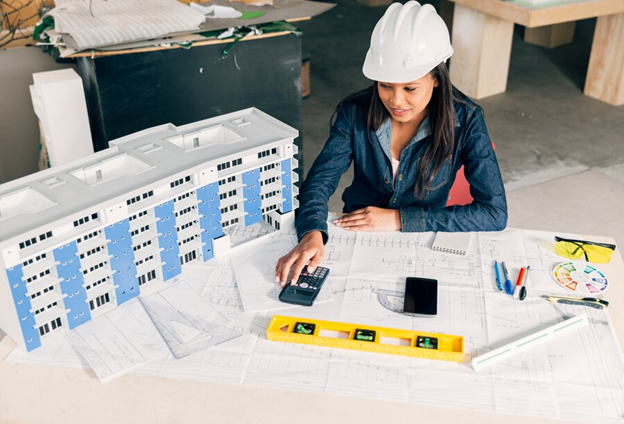
Efficient Equipment Management in Construction Projects
Efficient equipment management is crucial in construction projects, where the timely availability and proper utilization of machinery like cranes and landscape supplies can significantly impact project timelines and costs. Managing these resources effectively requires strategic planning, meticulous scheduling, and proactive maintenance to ensure seamless operations from start to finish.
Importance of Cranes in Construction Projects
Cranes play a pivotal role in construction projects, facilitating the lifting and movement of heavy materials and equipment across various heights and distances. Their versatility and strength make them indispensable, whether in erecting steel structures, placing precast concrete elements, or handling bulky machinery. The efficient utilization of cranes can streamline construction processes, enhancing productivity and ensuring safety on site.
Strategic Deployment and Utilization
Strategic deployment of cranes begins with a thorough assessment of project requirements. Factors such as load capacity, reach, and terrain conditions must be carefully evaluated to determine the appropriate crane type and size. For instance, tower cranes are ideal for tall buildings where a high lifting capacity and long reach are necessary, while mobile cranes offer flexibility on diverse job sites.
Efficient utilization involves scheduling crane operations to minimize downtime and optimize productivity. Advanced planning ensures that cranes are utilized for critical tasks without unnecessary idling. This approach not only maximizes equipment efficiency but also reduces operational costs associated with idle time and fuel consumption.
Maintenance Practices for Optimal Performance
Maintenance is integral to prolonging the lifespan and ensuring the reliability of cranes. Regular inspections, conducted by certified technicians, help identify potential issues early and mitigate risks of mechanical failures. Lubrication of moving parts, inspection of hydraulic systems, and testing of safety mechanisms are standard practices that contribute to crane reliability and safety compliance.
Managing Landscape Supplies Effectively
Apart from heavy machinery like cranes, managing landscape supplies efficiently is equally critical in construction projects that involve earthwork, planting, and terrain modification. Landscape supplies encompass a broad range of materials, from soil and mulch to plants and decorative stones, each playing a crucial role in enhancing the aesthetic and functional aspects of a project.
Procurement and Inventory Management
Procuring landscape supplies involves selecting reputable suppliers who can deliver quality materials within specified timelines. Establishing partnerships with suppliers capable of handling bulk orders ensures a steady supply chain, minimizing delays in project execution. Inventory management systems track stock levels and reorder points, preventing shortages and optimizing storage space on site.
Environmental Considerations and Sustainability
Efficient management of landscape supplies extends beyond procurement and inventory to include sustainable practices. Utilizing locally sourced materials reduces transportation costs and carbon emissions associated with long-distance hauling. Moreover, implementing erosion control measures and choosing native plants promote environmental stewardship, enhancing project sustainability and community integration.
Integration of Technology for Enhanced Efficiency
The integration of technology plays a pivotal role in enhancing efficiency across construction projects, particularly in equipment management. Advanced telematics systems installed on cranes provide real-time data on operational metrics such as fuel consumption, usage patterns, and maintenance schedules. This data-driven approach enables proactive decision-making, optimizing equipment performance, and minimizing downtime.
Telematics and Predictive Maintenance
Telematics systems monitor crane performance parameters remotely, allowing operators and project managers to track utilization metrics and identify potential maintenance needs before they escalate. Predictive maintenance algorithms analyze data trends to forecast component failures, enabling preemptive repairs and minimizing unplanned downtime. This proactive maintenance strategy maximizes crane uptime and enhances project continuity.
Conclusion
Efficient equipment management in construction projects, particularly concerning cranes and landscape supplies, is essential for optimizing productivity, minimizing costs, and ensuring project success. Strategic deployment, proactive maintenance, integration of technology, and adherence to safety protocols are integral to achieving efficient operations from inception to completion. By prioritizing equipment efficiency and personnel competence, construction firms can mitigate risks, maximize resources, and deliver projects that exceed client expectations in a competitive industry landscape.



